Celebrating Minorities Rights Day in India

Celebrating Minorities Rights Day in India: Upholding Dignity and Equality Franklin Roosevelt mentioned – ‘no democracy can long survive which does not accept as fundamental to its very existence the recognition of the rights of minorities’ The UN GENERAL ASSEMBLY recognising the importance of minority rights, adopted a declaration on the ‘Rights of Persons Belonging to National, or Ethnic, Religious and Linguistic Minorities’ on December 18, 1992 as Minority Rights Day which is celebrated all over the world. Minorities Rights Day in India is observed annually on November 18th. This significant day aims to raise awareness about the rights and challenges faced by religious and linguistic minorities in the country. India, a land of diverse cultures and faiths, prides itself on its commitment to secularism and the protection of all its citizens, irrespective of their religious or linguistic backgrounds. Even though the term minority has been used in our constitution, the constitution has not attempted to define it. The National Commission for Minorities Act, 1992 in Section 2(c) of the act defines a minority as “a community notified as such by the Central government”. In India, this applies to Muslim, Christians, Sikhs, Buddhist and Parsis (Zoroastrian), Jain religions. As per TMA Pai Foundation vs. State of Karnataka case in the Supreme Court, a minority either linguistic or religious is determinable only by reference to the demography of the State and not by taking into consideration the population of the country. When we discuss the term minorities, we should not limit ourselves to religious minorities. Linguistic minorities, transgender etc are also considered minorities in the larger socio-political framework. Ministry of Minority Affairs was established on 29th January 2006, it got separated from the Ministry of Social Justice and Environment to form a new Ministry. The prime aim was to adopt a more focused approach to address issues concerning notified minority communities, namely Muslims, Christians, Buddhists, Sikhs, Parsis, and Jains. The ministry formulates comprehensive policies, planning, coordination, evaluation, and reviewing developmental programs and regulatory frameworks to promote the welfare and empowerment of minorities communities. The NATIONAL COMMISSION FOR MINORITIES was set up by the Union Government under the National Commission for Minorities Act, 1992 to protect the interests of minority communities. Initially, five religious communities—Muslims, Christians, Sikhs, Buddhists, and Zoroastrians (Parsis)—were notified as minorities. Later, on 27th January 2014, the Jains were also recognized as a minority community. STATE COMMISSIONS are also set up which is responsible for safeguarding and protecting the constitutional and legal rights of minority communities. Any members of minority communities can approach State Minorities Commissions for redressal of their grievances. CONSTITUTIONAL AND LEGAL SAFEGUARDS FOR MINORITIES IN INDIA Article 15 (1) & (2) – Prohibition of discrimination against citizens on grounds of religion, race, caste, sex or place of birth Article 16(1)&(2) – Citizens’ right to equality of opportunity in matters relating to employment or appointment to any office under the State Article 25(1) – People’s freedom of conscience and right to freely profess, practise and propagate religion – subject to public order, morality and other Fundamental Rights Article 28 – People’s freedom as to attendance at religious instruction or religious worship in educational institutions wholly maintained Article 30(1) – Right of all religious and linguistic minorities to establish and administer educational institutions of their choice Article30(2) – Freedom of minority-managed educational institutions from discrimination in the matter of receiving aid from the State CHALLENGES FACED BY MINORITIES Social discrimination: They face prejudices in their daily life particularly issues related to employment, mob lynching, housing etc Economic disparities: Mainly due to their lower literacy rate and discrimination the employment rates are low compared to the national average. Political underrepresentation: Limited participation in policymaking and governance due to lack of education and discrimination. Hate crimes and communal violence: Incidents leading to of targeted violence disrupt social harmony. Why Celebrate Minorities Rights Day? Upholding Constitutional Values: The Indian Constitution guarantees fundamental rights to all citizens, including the right to freedom of religion, equality before the law, and protection against discrimination. 1 Minorities Rights Day serves as a reminder of these constitutional values and the importance of upholding them in practice. Addressing Challenges: Despite constitutional guarantees, religious and linguistic minorities in India continue to face various challenges, including discrimination, social exclusion, and economic disparities. This day provides a platform to discuss these issues openly and advocate for solutions. Promoting Harmony: Minorities Rights Day fosters interfaith dialogue and promotes understanding and respect among different communities. It encourages a sense of inclusivity and strengthens the fabric of Indian society. Key Issues and Concerns: Religious Discrimination: Instances of religious discrimination, such as hate crimes, hate speech, and social ostracism, continue to occur in various parts of the country. Educational Disparities: Many minority communities face challenges in accessing quality education, leading to educational disparities and limited opportunities. Economic Exclusion: Economic disparities and lack of access to resources can hinder the socio-economic progress of minority communities. Cultural Preservation: The preservation of minority languages and cultures is crucial for maintaining cultural diversity. What Can We Do? Raise Awareness: Educate yourself and others about the rights and challenges faced by minorities in India. Promote Interfaith Dialogue: Engage in conversations with people from different religious and linguistic backgrounds to build understanding and respect. Support Minority-Led Initiatives: Support organizations and initiatives working towards the empowerment and upliftment of minority communities. Advocate for Policy Changes: Advocate for policies and legislation that address the concerns of minorities and ensure their equal participation in all spheres of life. Minorities Rights Day is an important occasion to reaffirm our commitment to the principles of equality, justice, and inclusivity. By working together, we can create a more just and equitable society where all individuals, regardless of their religious or linguistic background, can thrive and contribute to the nation’s progress. Adv.Mamta Singh ShuklaHigh Court – DelhiMobile- 9560044035
The Curious Case of the Equestrian Athlete
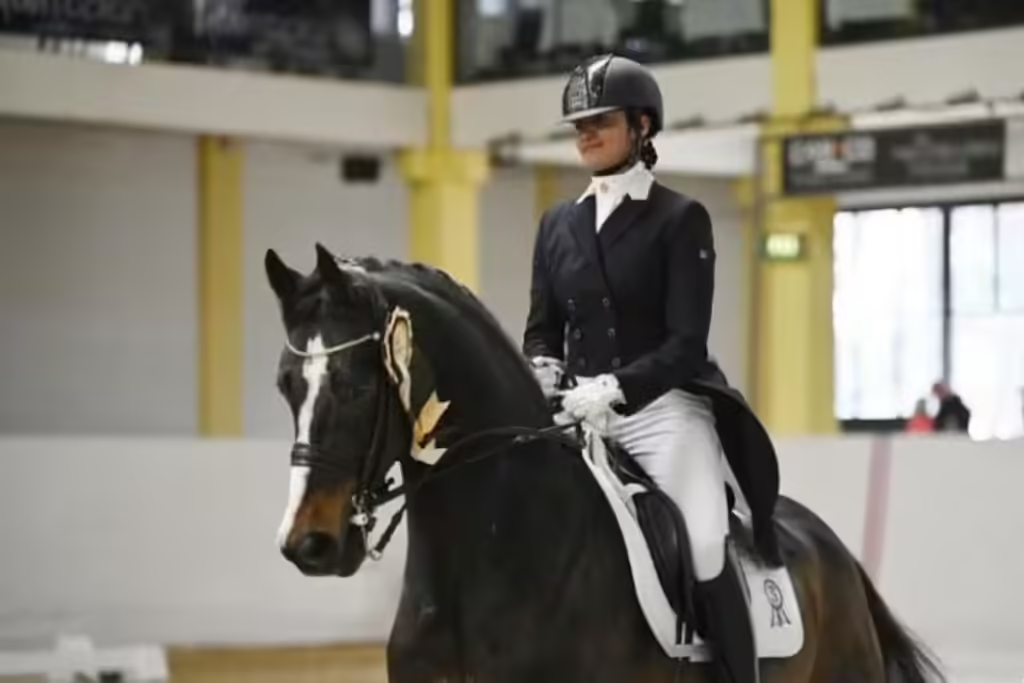
The Curious Case of the Equestrian Athlete When you think of an athlete, images likely spring to mind: a runner sprinting, a basketball player soaring, a gymnast twisting and turning. But what about a horse? Is a horse an athlete, or simply a piece of equipment used by a human rider? This question sparks a fascinating debate within the equestrian world. BACKGROUND: The matter remains sub-judice in the Delhi High Court since the horses cannot decide nor plead for themselves whether they are athlete or an equipment. The petitioner being the RAJASTHAN EQUESTRIAN ASSOCIATION which is entangled in a long-drawn battle with the EQUESTRIAN FEDERATION OF INDIA (EFI) over the issue of voting rights for the states, like any other sport. The Defendants argue that this sport is “peculiar” where there are two athletes, the individual and the horse and hence cannot have a pyramidal framework structure for the district and state bodies, give infrastructure is appropriate, and requirements specifically suitable to horses. RAJASTHAN EQUESTRIAN ASSOCIATION contends that “horses are just horses”, whose hiring / transportation reimbursements get lumped with boats / yachts in the National Sports Code, and hence must be treated as equipment. The Federation Equestrian Internationale (FEI), defines an athlete as “any person taking part in an FEI Event. Such person may be, including but not limited to a rider, a driver, a lunger, or a vaulter.” (but they do not have any definition of horse). During international competitions, the FEI lists athletes, and horses separately and does not call them equine athletes. Italy’ is the first country to categories horses as athletes through legislation. RAJASTHAN EQUESTRIAN ASSOCIATION response to horses as athletes’ submission if horses are to be considered athletes, India may not be in a position to take part in international competitions as most of the horses used are of foreign breed. International Equestrian events need passports – “If horses are treated as athletes, Indian athletes will not be permitted to use foreign bred horses, as the Sports Code mandates that only an Indian national can represent India in International tournaments.” Arguments for the Horse as an Athlete: Physical Prowess: Horses possess extraordinary athletic abilities. They demonstrate incredible strength, speed, agility, and stamina. Jumping fences, navigating complex courses, and carrying riders over long distances require immense physical exertion and coordination. Training and Dedication: Like human athletes, horses undergo rigorous training. Years of conditioning, specialized exercises, and dietary adjustments are dedicated to honing their skills and maximizing their performance. Mental Fortitude: Equestrian sports demand mental toughness from horses. They must learn to focus under pressure, overcome fear, and build trust with their riders. Arguments for the Horse as Equipment: Riders as the Primary Athletes: The focus in many equestrian disciplines lies on the rider’s skill, strategy, and control. The horse is seen as a tool or instrument used by the rider to achieve their goals. Dependence on Human Guidance: Horses rely heavily on human direction and guidance. Riders provide cues, control the pace, and ultimately determine the course of action. Breeding and Selection: The breeding and selection of horses often prioritize traits that are advantageous for human riders, such as size, temperament, and specific gaits. Conclusion: The debate surrounding whether a horse is an athlete or equipment highlights the complex and multifaceted nature of the human-horse relationship. While the rider’s skill is paramount, the horse’s athleticism is undeniable. Recognizing and respecting this unique partnership is crucial for the continued growth and development of the equestrian world. – Adv. Mamta Singh Shukla HIGH COURT OF DELHI MOBILE 9560044035
CHILD INFLUENCERS

CHILD INFLUENCERS Child influencers have become increasingly popular in recent years, with some even earning millions of Rupees through brand deals and sponsorships. However, this trend has also raised concerns about child exploitation, privacy, and the impact of social media on children’s development. WHO ARE CHILD INFLUENCERS Child influencers or Kidfluencers, are “child” under the definition of law, who have made a significant online presence by creating content on social media platforms and in turn gained massive online following. Their online content documents their daily lives which includes children’s interests like toys, games and vlogs. Their content is often child-friendly and focuses on topics that appeal to other children. WHAT THE LAW SAYS The Child Labour (Prohibition and Regulation) Act, 1986- (CLPR Act) The CLPR Act prohibits employment of any person below the age of 14 (deemed a “Child”) in any employment, including as a domestic help, except in helping their own family in non-hazardous occupations. The Internet culture assumed huge proportions over a period encompassing every aspect of life. Though we can say that the entire world is under the influence of internet and masses have benefitted from it largely. But on the flip side its evolution has also created room for not protecting its youngest and usually most vulnerable audience members and participants the children. The kidfluencers as social media participants, remain especially at risk due to the lack of child labour laws and regulations between them and the internet. HOW DO CHILD BECOME A SUBJECT OF ABUSE: The” child” becomes subject to the exploitation and abuse from their parents, sponsors, and even the internet platforms. Kidfluencing might resemble a play in terms of its content, but the involvement of money and sponsorships turns it into the category of “labour”. It goes without saying that Parents hold significant power over kidfluencers as they control content, recording, and the finances of their children. The moot question is whether this control could lead to higher risks of their children being exploited. It is therefore evident that internet platforms and sponsors are not directly involved in the production process, so they are not legally liable for these children. Is it ethical to draw a line that despite capitalizing off their successes they should not be held legally liable. There is no denying the fact that there are some legal financial protections for child entertainers – only for “formal” child entertainers, such as child actors. Kidfluencer content, generate large sum of money and profits for the parents, sponsors, and the internet platforms. Can we argue that YouTube is the joint employer of the child as it controls what the child can and cannot do and at the same time, they control the dissemination of the money. Do the parents and social media platforms such as YouTube have any legal responsibilities towards them has assumed a larger question. Family Autonomy vs Child Exploitation. Young ages of these Kidfluencers means that their careers and their finances are under parental authority. However, the control that parents have over the careers of their children has fallen into complicated legal territory. The lines are blurred between maintaining the family autonomy versus intervening against child exploitation. Though the parents often claim that they only capture the child’s daily normal activities, which are definitely not rehearsed performance. thereby revealing a general ignorance towards any intentional ‘influencing’ happening. NUMBER OF HOURS: There are no regulations regarding the number of hours child influencers may work and such children sometimes maintain little control over the extent of the content posted on their platforms. In fact, it is also observed that some parents log chronicles of their children before, during, and immediately after birth and continue to display their children’s lives as they grow and develop. WHAT NEEDS TO BE DONE: There isn’t a single, straightforward “way out” for child influencers, as the situation is multifaceted and involves various stakeholders. However, here are some potential approaches to address the concerns surrounding child influencers: Increased Regulation: Age Restrictions: Implementing stricter age restrictions on social media platforms to limit children’s access and protect them from online exploitation. Child Labor Laws: Enforcing child labour laws to ensure that child influencers are not overworked or exploited for profit. Data Privacy: Strengthening data privacy laws to safeguard children’s personal information and protect them from online predators. Parental Responsibility: Informed Consent: Parents should ensure that their children understand the implications of being an influencer and that they are comfortable with the content being shared. Digital Literacy: Educating parents about the risks and benefits of social media to help them make informed decisions about their children’s online activities. Prioritizing Child’s Well-being: Parents should prioritize their child’s mental and emotional health over financial gain. Industry Self-Regulation: Ethical Guidelines: Developing ethical guidelines for brands and agencies working with child influencers to ensure that the content is appropriate and that the child’s well-being is protected. Transparency: Promoting transparency in sponsored content to help consumers understand the commercial nature of the posts. Fair Compensation: Ensuring that child influencers are fairly compensated for their work and that their earnings are managed responsibly. Public Awareness and Education: Media Literacy: Educating the public about the potential risks and benefits of child influencers. Critical Thinking: Encouraging critical thinking among consumers to help them evaluate the authenticity and reliability of influencer content. Social Pressure: Raising awareness about the negative impact of excessive social media use on children’s mental health. It’s important to note that addressing the issue of child influencers requires a collaborative effort from parents, industry professionals, policymakers, and the public.By working together, we can create a safer and more ethical environment for child influencers. – Adv. MAMTA SINGH SHUKLA, adv.mamtasinghshukla@gmail.com
“EUTHANASIA: Mercy Killing or Death with Dignity”
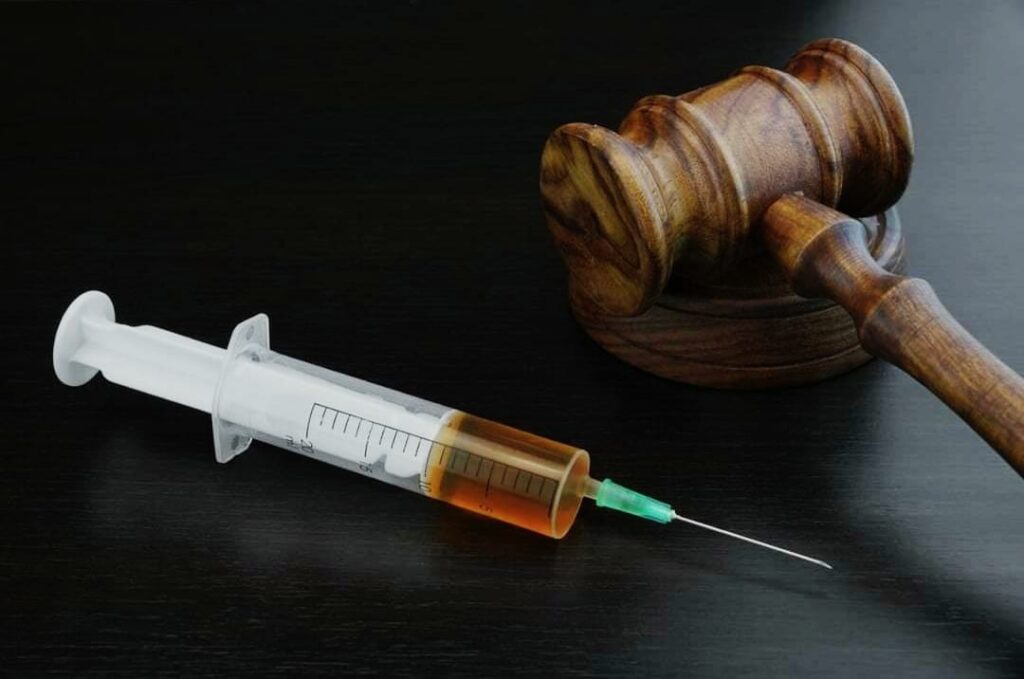
EUTHANASIA: Mercy Killing or Death with Dignity “Under Article 21” of the Indian Constitution- “No Person shall be deprived of his life and personal liberty except according to procedure establish by Law”, which means the State shall ensure good quality of life, livelihood, liberty and a dignified life. question as to whether the Right to Life includes the Right Not to Life or to Right to Die. Death can be defined as the Termination of life which means death which is causeda) Naturally b) Unnaturally. Further, it can be caused by the action as well as the inaction of a person. Causing the extinction of a life unnaturally by the action of oneself or someone else can be morally bad at the same time it is legally punishable. WHAT IS EUTHANASIA- Many a times life becomes very painful and unbearable so a man may wish death. This voluntary act of embracing death is known as Euthanasia or Mercy Killing or Dayamarana. DID IT EXISTED IN ANCIENT TIMES In Ancient India we find many types of voluntary death practices like Sati, Jauhars, Samadhi and Prayopaveshan (Starving to Death). According to John Locke a philosopher who stated that person have the Right to their Life, Liberty and Property which if termed as Absolute Right to Life then they must be given the Right to decide to die or to end their life in case of a terminal illness. “Naresh Marotrao Sakhre and Anrs. V/s. Union of India” the court observed the difference between Euthanasia and the suicide. Suicide was an act of self destruction to terminates one own life without the aid or assistance of any other human agency whereas euthanasia involves the intervention human agency to ends one’s life. “Gian Kaur V/s. State of Punjab” where it was held that Right to Life does not include Right to Die or Right to be killed. It was upheld that Right to Life was natural right embodied in Article 21 but suicide was unnatural termination for extinction of life and therefore incompatible and inconsistence with the concept of the Right to Life. “In Common Cause V/s. Union of India” where 5 judge bench of the Supreme Court recognized and gave sanction to Passive Euthanasia and living will/ advance directives. The implication of this was Right to Die with dignity is now a fundamental right. “In Aruna Shanbaug V/s. Union of India.” In this case how was a nurse spending over 41 years in a vegetative state as a result of Sexual-Assault, the Supreme Court of India responded to the plea to Euthanasia wherein although the court rejected the petition but allowed Passive Euthanasia in India. The Guidelines in the Passive Euthanasia is the decision to withdraw treatment, nutrition or water established that the decision to discontinue life support must be taken by Parents, Spouse or other Close Relative, or in the absence of them, by a “Next Friend”. The decision also requires court approval. ACTIVE EUTHANASIA Active Euthanasia is when a professional or another person intentionally causes a patient to die. For example, by injecting the patient by a lethal dose of a drug. PASSIVE EUTHANASIA Passive Euthanasia intentionally letting a patient die by withholding the artificial life support such as a ventilator or a feeding tube. The prima-facie distinction between active and passive euthanasia is that the former involves killing a patient while the later involves letting a patient to die. ADVANTAGES & DISADVANTAGES OF EUTHANASIA ADVANTAGE OF EUTHANASIA 1. It is a way to end an extremely miserable and painful life. 2. The Family member of the dying patient is relived of the physical, emotional, economical and mental stress. 3. The patients also have a right to refuse medical treatment. 4. It will free up medical fund of the state to help other poor and needy people. 5. It is the exercise of the fundamental right. DISADVANTAGE OF EUTHANASIA 1. Commercialization of euthanasia can take place. 2. The poor people can resort to this in order to avoid pecuniary difficulties of medication. 3. Old and destitute who are considered as burden on other people can make use of this to shelve their responsibilities. 4. It will de-value Human dignity and offend the Principal of sanctity of life. CONCLUSION For those who are facing terminal illness who are in irremediable pain and suffering, wish to exercise their right to die with dignity, a system of course should be available to them. – MAMTA SINGH SHUKLA (ADVOCATE DELHI HIGH COURT) MOBILE – 9560044035 Email Id: adv.mamtasinghshukla@gmail.com
Right to Privacy as Fundamental Right
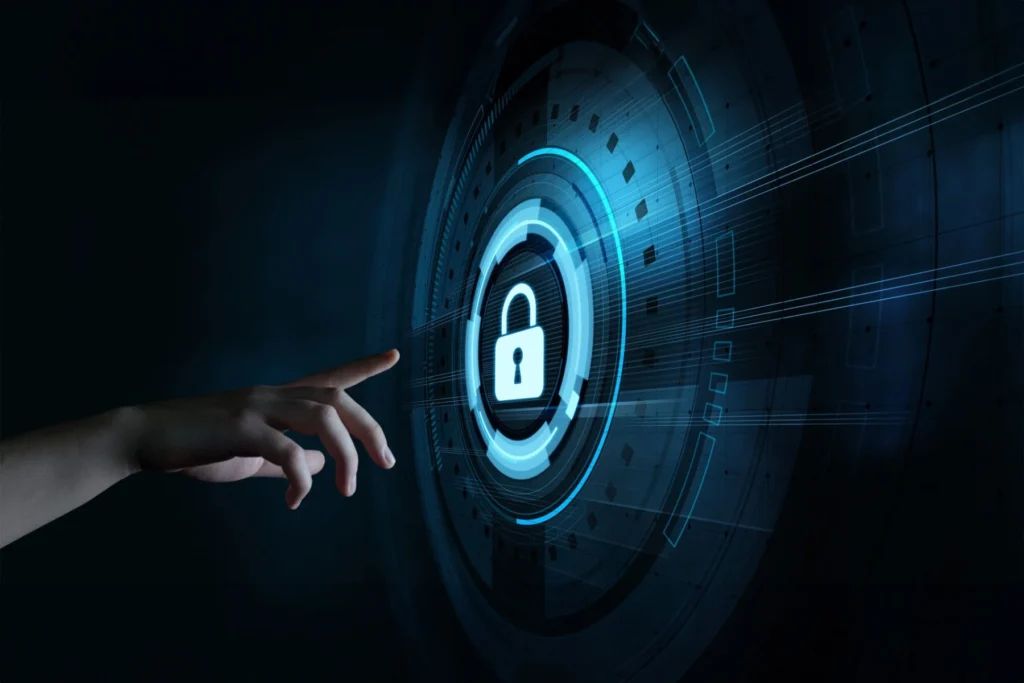
Right to Privacy as Fundamental Right The Supreme Court of India in the case of Justice K.S Putta Swammy Vs. Union of India 2017 had declared the Right to Privacy as Fundamental Right under the Constitution of India DATA PROTECTION Digital Personal Data Protection Act (DPDP Act 2023): Data protection is the process of safeguarding important information from corruption, compromise or loss. Data is the large collection of information that is stored in a computer or on a network. The importance of data protection increases as the amount of data created and stored continues to grow at unprecedented rates. DPDP Act set nationwide standards for the handling of all types of Personal Data- “Any Data about an individual’s who is identifiable by or in relation to such data”. This includes data like an individual’s names, Phone Number and Aadhar details. It is a part of worldwide trend of Government regulating the handling of personal data. However, India’s privacy Laws does not expressly define Sensitive Data. DPDP Act Applies to all the places with in the territory of India and processing of Digital Personal Data takes place overseas but offers it good and services in India. Some of the key factors which need introspection are as follows: · Protection of Personal Data to prevent data breaches using techniques like data isolations, Encryption and access Control. · Restricting the use of Customer Data to its stated Purpose. · Forbidding the retention of Personal Data when it is no longer needed · Impact on individual in case of Data Breach granting certain right to individuals over their Personal Data. · Granting certain Right to individual over their Personal Data. The LAW aimed to bring a balance between the Rights of the user and the need for the processing of Personal Data. DATA PRINCIPLE- A Person to whom the personal data relates, children and person with disability their parents a legal guardian. DATA FIDUCIARY– A person who controls the purpose and means of handling personal data like a small business, a startup or a bank. DATA PROCESSER– A person who handles processes data for the data fiduciary. SIGNIFICANT DATA FIDUCIARY– They may be designated by Central Government keeping in consideration factors like Volume and sensitivity of the data processed or Risk to National security and Electoral Democracy. LIST OF ENTITIES: 1. Individual 2. Hindu Joint Family 3. Company 4. Firm 5. Association of person may or may not be registered 6. The State as defines under the Article 12 of the Indian Constitution 7. Other Legal Person “The Act defines personal data as any data about an individual who is identifiable by or in relation to such data. “ Data Fiduciaries must implement necessary safety measures to prevent any data breach. It may include technical and organization measures comply with the obligation and other provisions. If the Government of India had issued any notification restricting the transfer of data to any other country or business must be complied with. Right of Data Principle: 1. Right to Access- They can request the detail. The details of all data fiduciaries and data processors with whom their personal data is shared. 2. Right to Correction– · Correct in any inaccuracies · Update their personal data · Complete their personal data Requests have to be fulfilled within reasonable time. 3. Right to Erase- The personal data can be deleted. 4. Right to Grievance Redressal- They resolve and issues regarding an act or commission of Data fiduciaries. Obligation or the enforcement of the data fiduciaries rights. Unless the data principle fails to get their grievance redress though this mechanism they can approach data protection board. 5. Right to Nominate- In the event of Death, Unsoundness of Mind or infirmity of Body. 6. Right to Revoke Consent- It can be revoked any time though they should bear any consequences arising from such revocation. Nature of violation/breach Penalty Failure to implement security safeguards Up to INR 250 crores (~ $30.213 million) Failure to notify a breach to the board Up to INR 200 crores (~ $24.17 million) Non-compliance with the special provisions regarding children Up to INR 200 crores (~ $24.17 million) Non-compliance with the obligations of SDF Up to INR 150 crores (~ $18.127 million ) Non-compliance of obligations by the data principals Up to INR 10,000 (~ $120) Violation of any voluntary undertaking if any Up to the extent applicable to that breach Violation of all other provisions than mentioned Up to INR 50 crore (~ $6 million) POWER AND OBLIGATION OF CENTRAL GOVERNMENT: 1. Without consent: If a processing is necessary or the performance of any function of the state authorized by Law like any service or benefit, issuance of permits and licenses. 2. Data Portability: The state has been exempted from the requirement to convert automated data in to structured, commonly used machine readable formats where processing is necessary. 3. Transfer of Sensitive & Critical Personal Data: Cross border transfer or sensitive personal data is possible when Central Government allows the Transfer of data to a country or an International organization. 4. Power of the Government exempt any Agency of Government: The Central Government can exempt any Govt. agency regarding a processing of specified personal data in the interest of Sovereignty and Integrity of India, Security of the state, friendly relation with the foreign stats and public order. In addition to this it can be granted from the grounds of preventing incitement to commit any cognizable offence. 5. Exemption of certain provisions: In the interest of prevention, detection, investigation and prosecution of the any offence for any other contravention of any law. 6. Exempt certain Data Processers: Central Govt. has the power of exemption to process the personal data of data principle not within the territory of India. 7. Issue Direction: The Central Government may issues direction Sovereignty and Integrity of India, Security of the state, friendly relation with the foreign stats and public order. KEY FEATURS: Applicability to Non- Citizens: The act applies to Indian residence and business collecting the data of India residence, non-citizen living in India whose data processing “In connection with any activity related to offering
Corona Virus Vs Law

Corona Virus Vs Law Since the beginning of this year, the entire globe has been gripped byCovid- 19 and people at large are grappling with this pandemic while the Government had initiated a nationwide lockdown to curb and contain the widespread of this outbreak which has affected a substantial number of population. While this lockdown has helped contain community spread of the deceased a legal and legislation audit of this exercise has evaded scrutiny so far. The Disaster Management Act of 2005 was intended “to provide for the effective management of disasters and for matter connected therewith or incidental thereto”. Under this act, the National Disaster Management Authority (NDMA) was set up under the leadership of the Prime Minister and the National Executive Committee (NEA) was to be chaired by Home Secretary which laid out guidelines which establishments would be closed and which services suspended during the lockdown period. The State Governments on the other hand exercised powers under the Epidemic Diseases Act of 1897 to issue further direction like social distancing and isolation measures, strict home quarantine. However, the core issue remains to be answered whether the above-mentioned statutes were originally intended to or is sufficiently capable of addressing the grave threat of a pandemic. The use of the archaic Epidemic Diseases Act of 1897 reveals the lack of requisite diligence and responsiveness of Government authority in providing noble and innovating policy solutions to address 21-century problems. The colonial-era law arms the states with emergency power to carry out search operations as well as penalize people violating the provisions of law. The state has also invoked section 54 of the Disaster Management Act of 2005 to deal with people spread in fake news. :-“ whoever makes or circulates a false alarmed or warning as to disaster or its severity or magnitude, leading to panic, shall on conviction, be punished with imprisonment which may extend to 1 year or with fine. The Epidemic Diseases Act of 1897 does not provide any power to the Central Government to intervene in a biological emergency. Moreover, health is a state subject, and while the states are caught off guard, and their response also has been piecemeal. In order to meet the emergency situation like COVID 19, some countries have passed new statutes in order to meet the pandemic in the most efficient and effective manner. There is a realization in these countries that the prevailing provisions of the existing statutes are not sufficient enough to fight the biological emergency situation created by COVID 19. We can discuss one such example by the new Statute passed by the Parliament of the United Kingdom. The Parliament of the United Kingdom passed the Corona Virus Act 2020 was by grants the government emergency power to handle COVID 19 pandemics. It has a time limit for two year It enables the government to restrict or prohibit the public gathering, control or suspend public transport, order business of such shops and Restaurants to be closed temporarily. Detained people suspected of COVID 19 infection. Suspend the operation of court temporally Close educational institutions and child premises Enroll medical students and retired health care workers in health services relax regulation to ease the burden on health care services. Assume control of death management in a particular local area. The Government has stated that these powers may be power switch on or off according to the medical advice it receives. The Act also provides for the measure to comeback the economic effect of the pandemic which includes the power the hold the eviction of tenants. Protect emergency volunteers from becoming unemployed and provide special insurance cover for health care staff taking on additional responsibility. The Government will also reimbursement of statutory sick pay for employees effected by COVID 19. Employers and supermarkets will be required to report supply chain disruption to the government. The Act formally postponed the local election and grants the UK the power to postponed and any other local election, local referendum. This act is subject to parliamentary renewal every six months. Therefore, we may conclude that though COVID 19 pandemic has led to actions being taken by the Government of India under the following Statutes like Epidemic Diseases Act of 1897 and the Disaster Management Act of 2005 unfortunately these Statutes have proved beyond doubt that they are not sufficient enough to meet the pandemic like situation in an effective and most efficient way. Therefore, we need a new tool in the form of a statute to meet this biological emergency whereby we can draw a new plan according to the prevailing situation. This will enable us to draw a new scheme of things which will not only help us in identifying the underlying problems relating to the field of social, economical, political, medical fields but will also prove to be an effective and efficient measure to control and eliminate the dreaded virus. Once the problem is identified the solutions will not be far. Therefore, a new plan in a form of a new Statute will enable both the Government and the citizens to come out of this grim situation and stand victorious in conquering the dreaded disease.
DOES ELECTORAL BOND BONDS WITH DEMOCRACY?

World trends are changing every single day and that’s why the advertisement world needs to adapt to it fast
SURROGACY AND THE RIGHTS OF A SINGLE, UNMARRIED WOMAN

Of course, digital marketing agencies are adapting to the new changes that the world is going through.
CAN VISUALLY IMPAIRED WATCH MOVIES IN THREATERS & OTT PLATFORMS
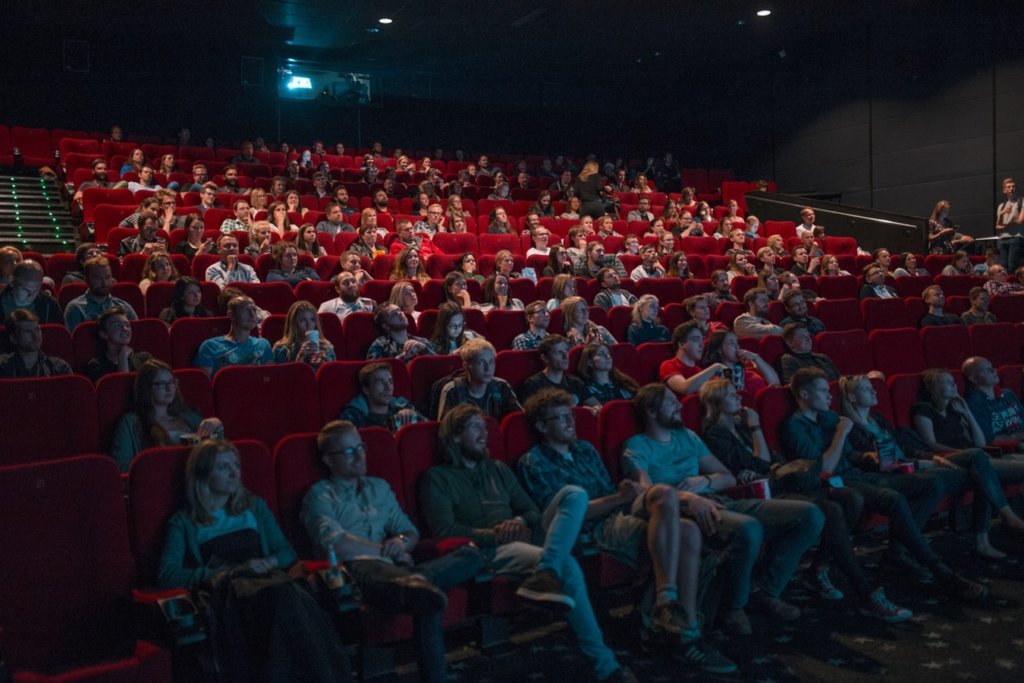
Technically there is no advertisement rule for any specific brand, but still, some rules must not be broken.
The laws relating to Intellectual Property Rights include Trade Mark, Copyright, Patent and Trade Secrets which are valuable assets of any Company. The rise in the usage of internet has created new ways and technique to infringe the Intellectual Property Rights, prominent being the Cybersquatting….
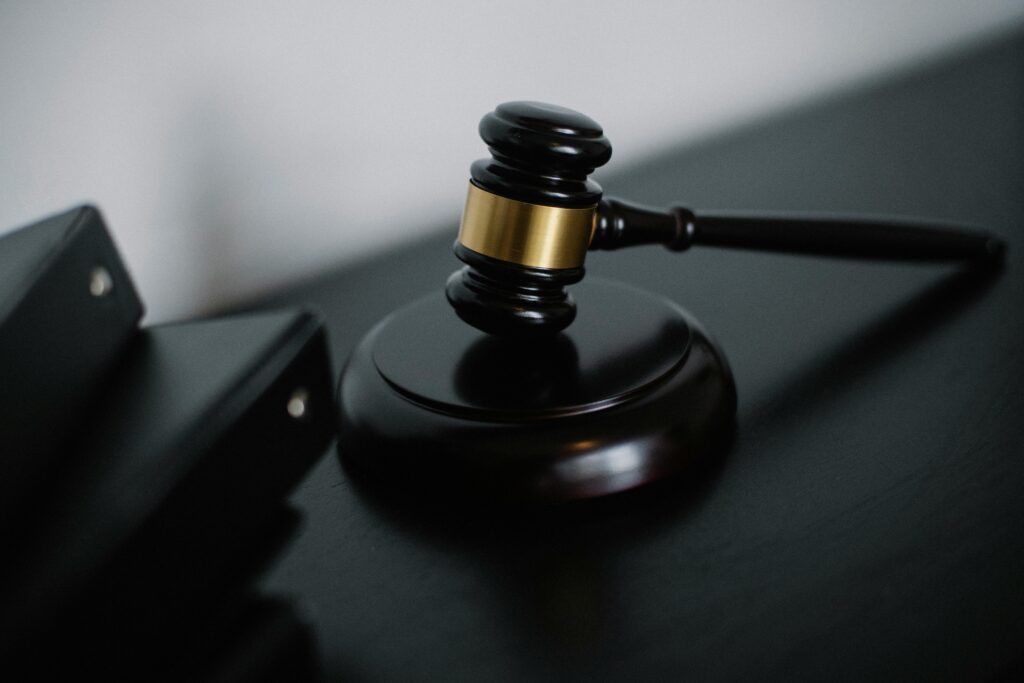
A professional appearance for a new brand is important. Learn how to turn your agency office look more attractive to your clients

